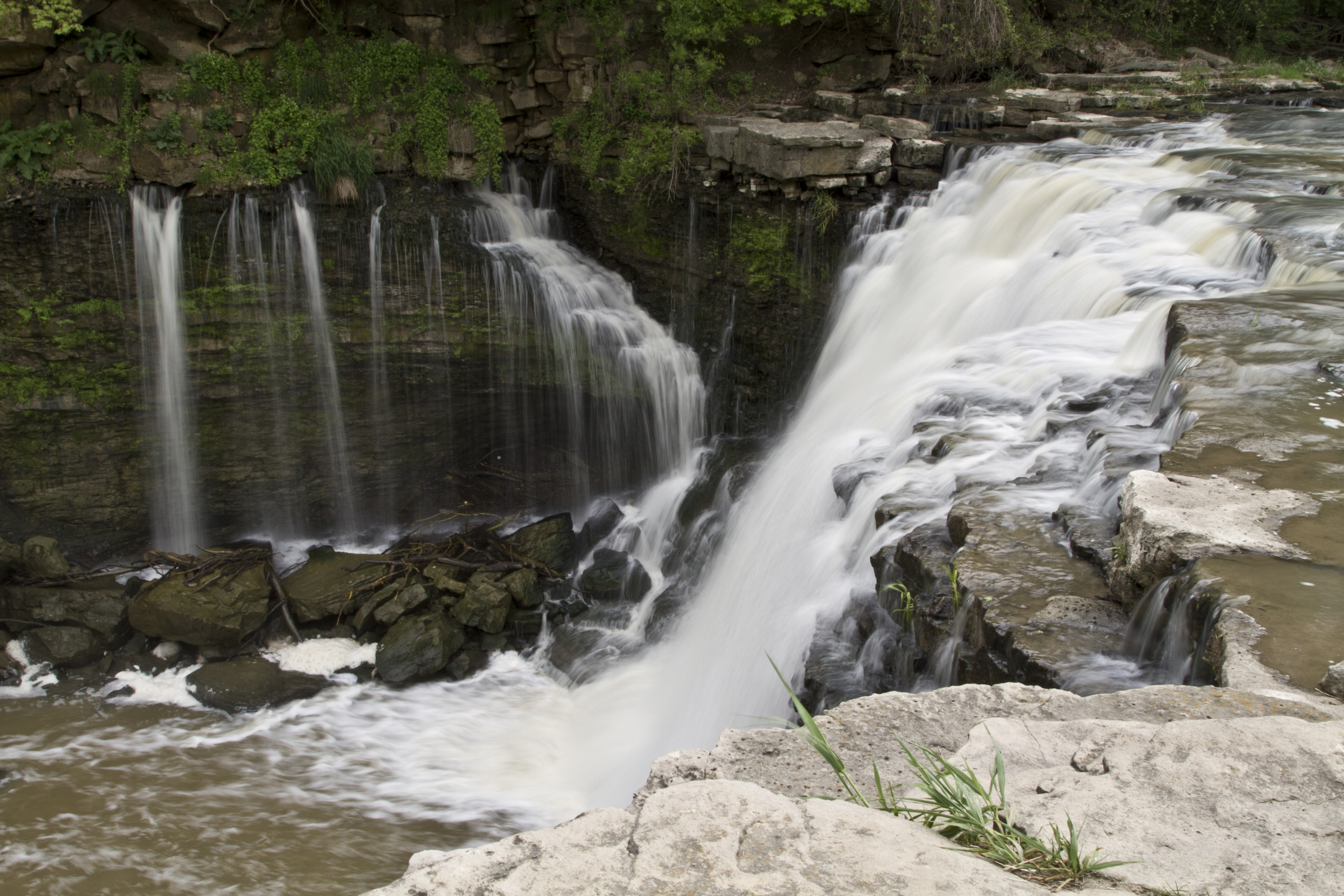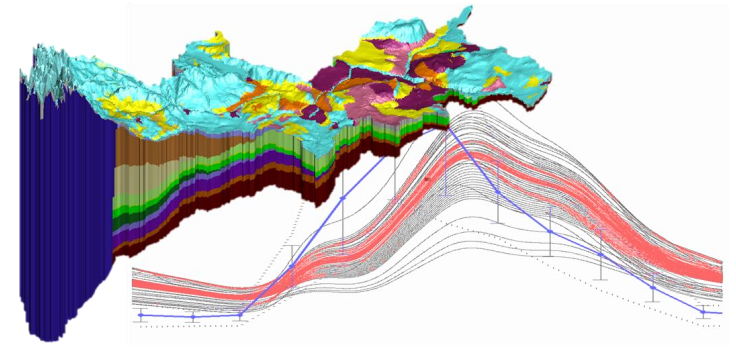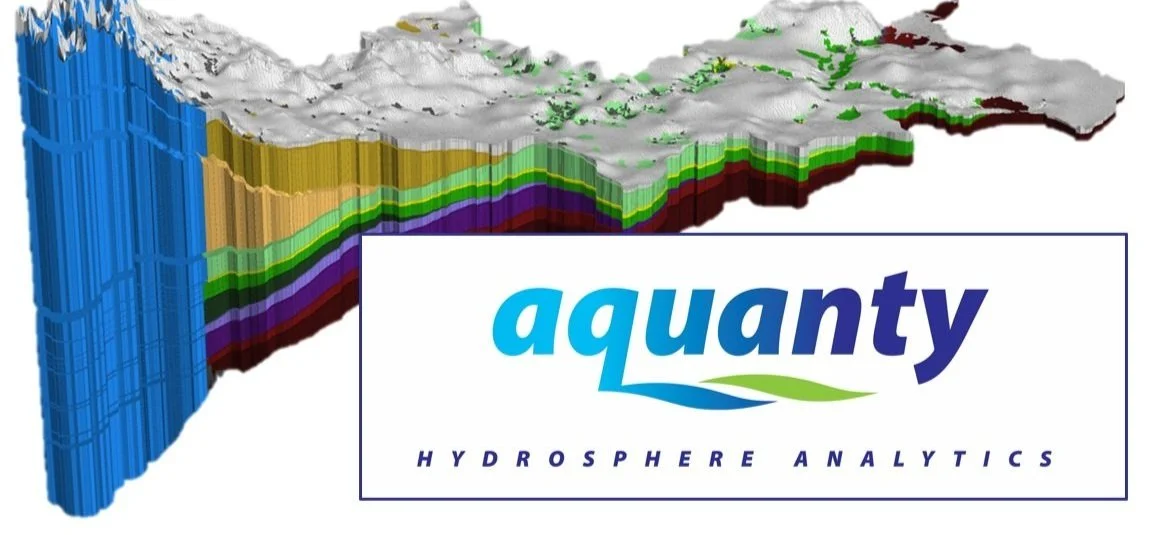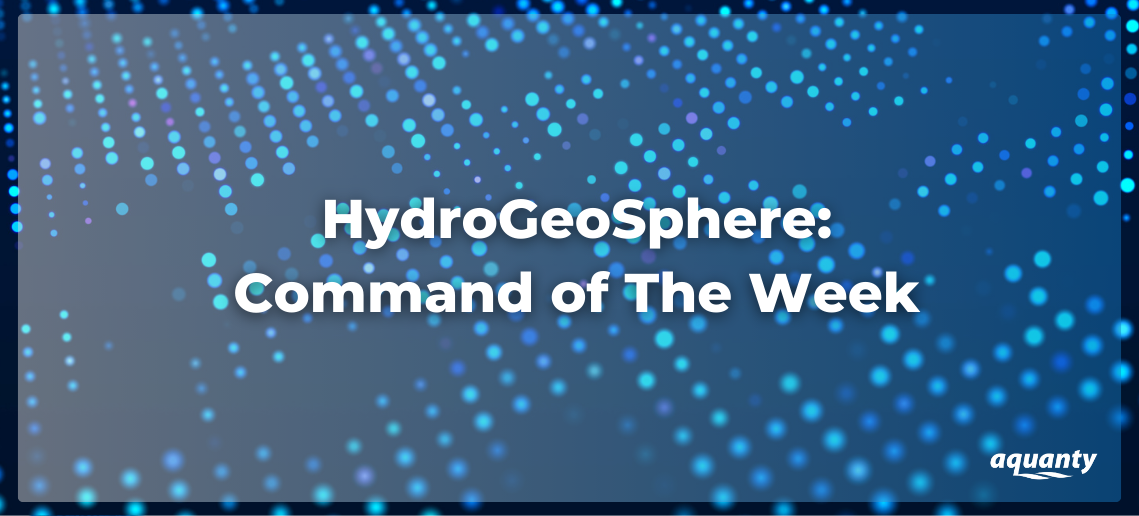





HGS RESEARCH HIGHLIGHT – Sources of surface water in space and time: Identification of delivery processes and geographical sources with hydraulic mixing-cell modeling
The paper highlighted this week presents a very interesting post-processing method for HydroGeoSphere models. The results of the HGS model were used as input into the hydraulic mixing-cell (HMC) approach which enables tracking and delineation of the mixing of predefined initial water sources at any location and at any time based on information from the hydraulic flow solution

'use tabulated unsaturated functions'
This post describes how to use the use tabulated unsaturated functions command, introduced in the May 2022 release (Revision 2397) of HydroGeoSphere, to streamline the implementation of tabular constitutive relationships for unsaturated flow. By automating the process of generating and applying unsaturated tables, this command reduces manual steps and can improve model runtimes. However, in some cases, using unsaturated tables may introduce additional computational overhead. We find this command particularly useful for users working with van Genuchten or Brooks-Corey functions who want to optimize performance while maintaining accuracy.



HGS RESEARCH HIGHLIGHT – Transit-Time and Temperature Control the Spatial Patterns of Aerobic Respiration and Denitrification in the Riparian Zone
The paper highlighted this week introduces a novel method of implementing temperature-dependent reactions in a HydroGeoSphere solute transport model by pairing a Lagrangian flow path-reaction model to the results of a 2nd order Runge-Kutta particle tracking analysis.

Particle Tracing
This post describes how to use particle tracing in HydroGeoSphere, introduced with the release of HGS revision 2385 (April 2022). This new capability allows users to track the movement of massless particles through the subsurface domain, providing valuable insights into flow patterns and transport processes. Conceptually, particle tracing helps visualize how water moves through the system, making it a powerful tool for analyzing groundwater flow and solute transport. We find this feature particularly useful for understanding complex flow dynamics.
